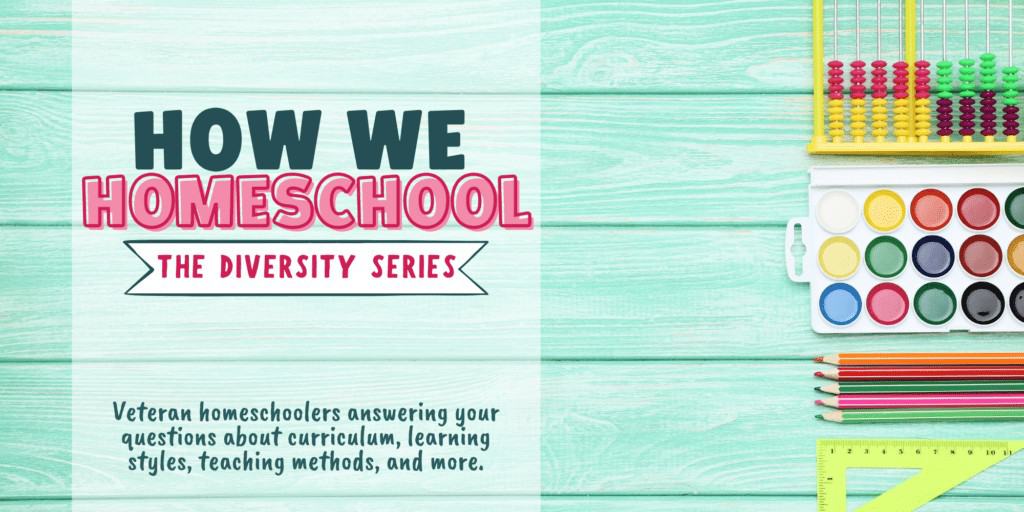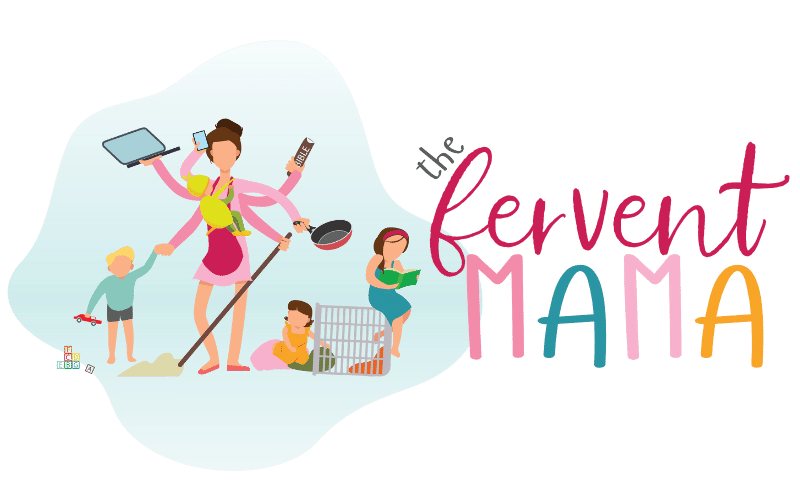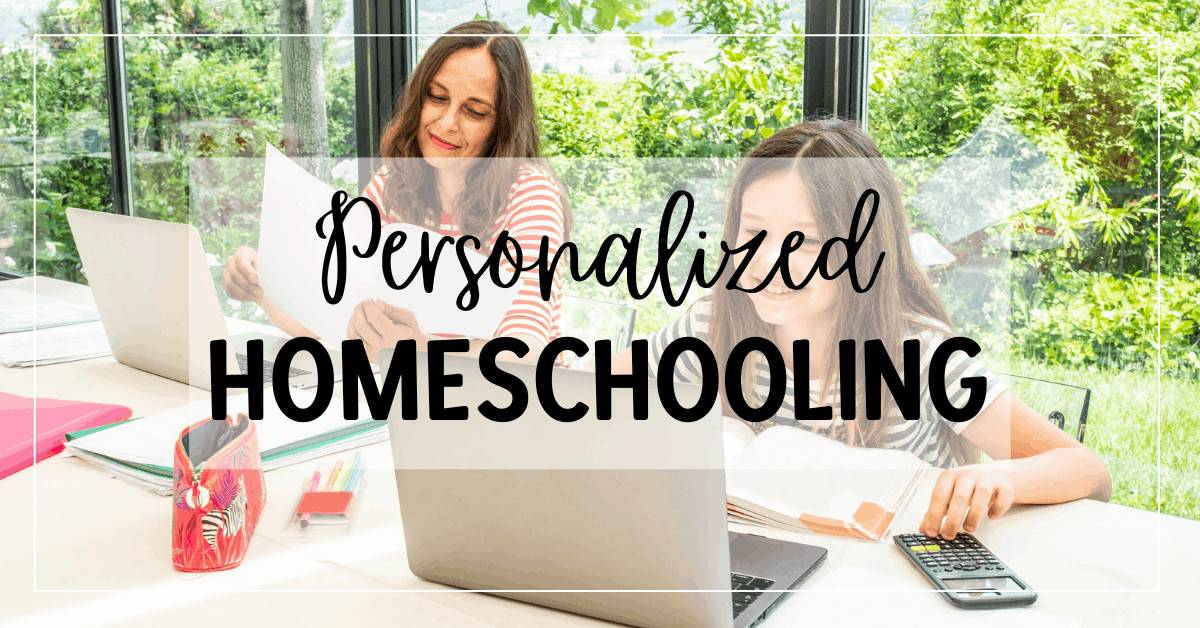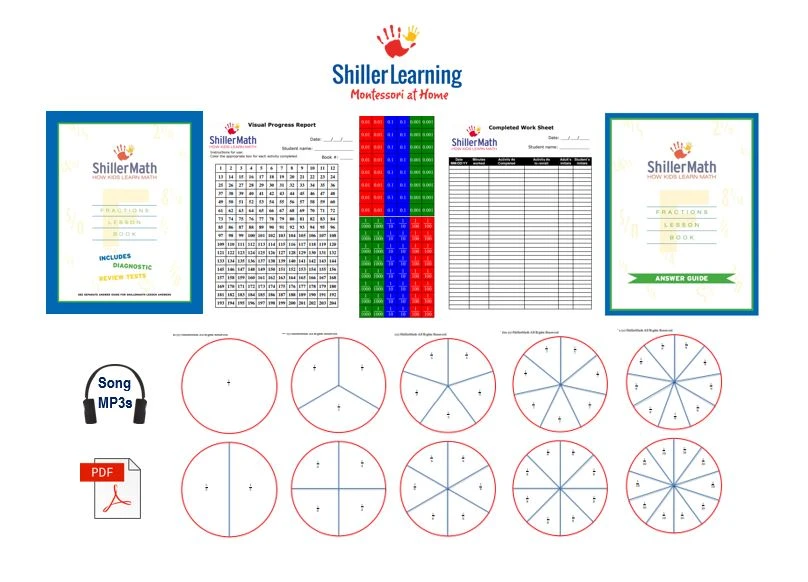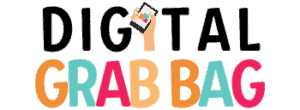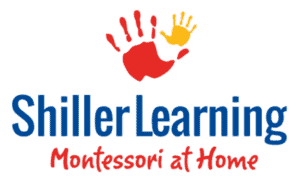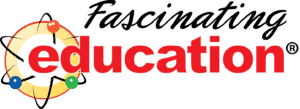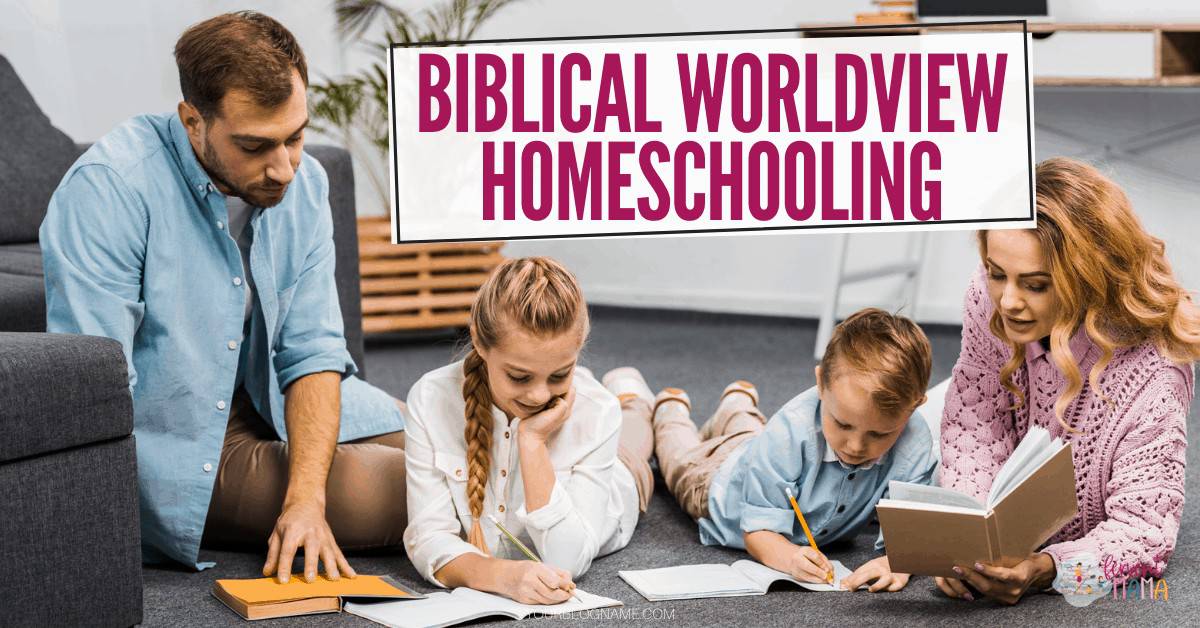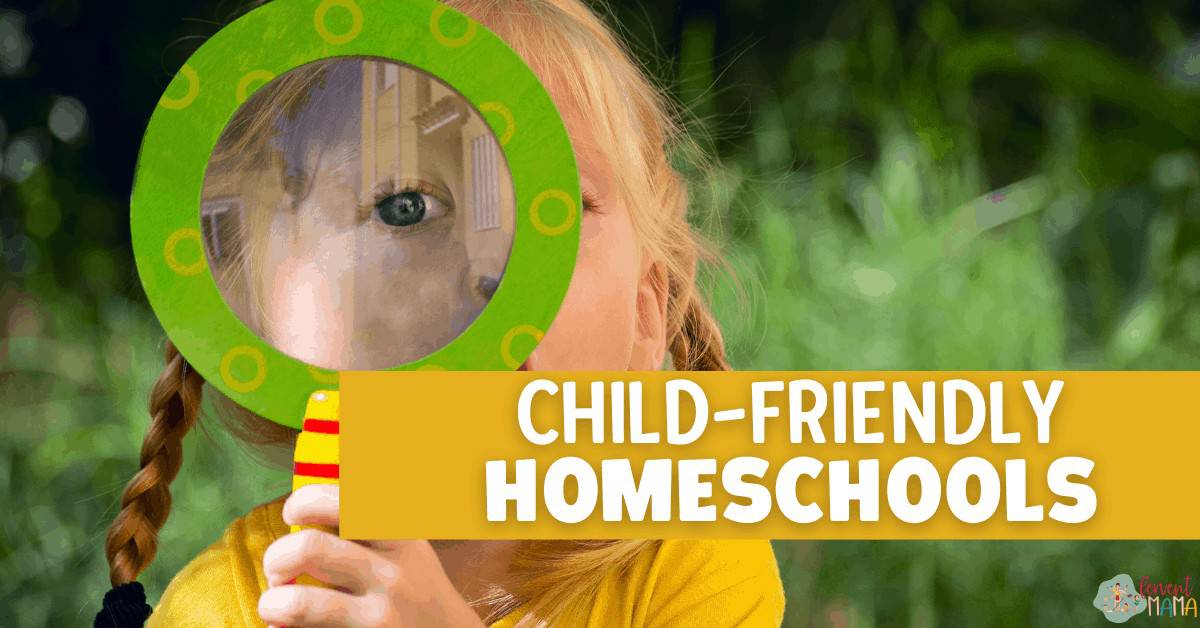How Personalized Learning Helps Children Fulfill Their Potential
The Fervent Mama uses Affiliate Links. See our disclosure policy here.
This post is sponsored by Shiller Learning.
No matter where you are in the world, there is one thing that rings true for all children, all people, everywhere. We are different.
So, why do we try to teach, and why do we expect children to learn, the same? Why aren’t we allowing children to learn based upon how they consume and retain information best?
Thankfully, homeschoolers have the opportunity to do this very thing on a daily basis. You can personalize your students learning with just a little action and patience!
Personalize Your Child’s Learning in Three Easy Steps!
Don’t make assumptions about what your child does and doesn’t know.
As you may have noticed, children are full of surprises! The same holds true in education. A student may not have retained something reviewed multiple times or have mastery of a topic not formally introduced to them.
When we make assumptions of what level a child is at based on age or grade level, that selection often falls short of meeting the student where they are at.
Use the Socratic Method. Ask your child questions to discover what they do and don’t know.
That way you can eliminate boring them by teaching things they already know and ensure success by filling in gaps from earlier on that will sabotage today’s success.
You can use a list of standards or a program’s table of contents to develop your questions.
Another option for math and language arts topics is the battery of prescriptive diagnostic testing offered by ShillerLearning. Our readers may use promo code FERVENT to get these tests completely free.
For each question answered incorrectly, you get the list of lessons needed in order to fill that gap in the knowledge foundation.
No more boring your child OR worrying that your students may be missing important concepts that will plague them the rest of their school and adult years.
Use all four learning styles to teach every concept: visual, tactile, auditory, kinesthetic
Here’s an often ignored secret in education. If your child is trying to learn a concept that is not being taught in his or her dominant learning style, they are going to struggle with it.
Imagine using all four learning modalities on the same concept – for visual, tactile, kinesthetic, and auditory neurons. Now the child’s brain is being engaged 100% – to its fullest potential – and connections are rampant.
Only then will a child truly have mastery.
Connections between different parts of the brain are made, creating a foundation or web of knowledge that lasts much longer and better supports future learning.
A building constructed on only 30% of its foundation (like that of many “traditional” programs) won’t get very tall until it topples over.
That’s why the USA 3rd graders score well on international tests but 15-year-olds don’t: Because they’re being taught to use only 30% of their brain.
Use competency AND closure the goal of every learning activity:
Competency is when the child gets it. The closure is when they are ready to move on from working on an activity or concept. Make BOTH of those the goals of every learning activity.
There are 3 possible outcomes to a lesson.
- The student gets it but wants to move on. This usually happens when the learning style of the student doesn’t match that of the lesson, for example, when the student is primarily kinesthetic and the lesson is visual or involves writing. In this case, drilling is not appropriate and would only foster frustration.
- The student gets it and wants to repeat the lesson over and over and over. This usually happens when the learning styles of the student and lesson match. In this case, it’s best to let the student develop focus and concentration as the lesson is repeated until the student decides he or she has closure.
- The student doesn’t get it. The worst thing an educator can do in this case is drill because that will only foster low self-esteem and unnecessary anxiety. Better to say something like: I see that you are not developmentally ready for this lesson; let’s put it aside for now and revisit it in a few days.
You can use these personalized learning strategies to improve your child’s outcome in all subjects!
Wondering how you can implement this without spending a lot of your time prepping and planning every day?
ShillerLearning has a $69.95 free gift for you that will be a perfect addition to any math curriculum. You will find that once you start implementing these techniques into your fractions work, they will be easily transferred into other areas of your homeschooling.
Fraction frustrations no more! Multisensory scripted lessons make it easy. FREE makes it better than ever.
Using this link, you can score the popular ShillerLearning Digital Fractions Kit 100% FREE.
- Montessori-based, but no Montessori or math knowledge or experience required
- No lesson prep: 188 pages of Open’N’Go scripted lessons
- Concrete introduction of concepts: visual, tactile, auditory, and kinesthetic
- Diagnostic testing for easy placement and filling holes in the math foundation
- Printable manipulatives
- Fractions songs
- One kit works for the whole family
This resource is perfect for helping students of all ages to learn – and even love – fractions. It starts with a basic introduction of what a fraction is and takes you through advanced fractions used in pre-algebra.
CLICK HERE TO CLAIM THE DIGITAL VERSION OF THE FRACTIONS KIT!
This article is a part of our How We Homeschool Series; a collection of content from full-time, veteran homeschoolers sharing their own experiences on the versatility and diversity of homeschooling.
You can read more about the series, and see all of the content, by clicking the image below.
